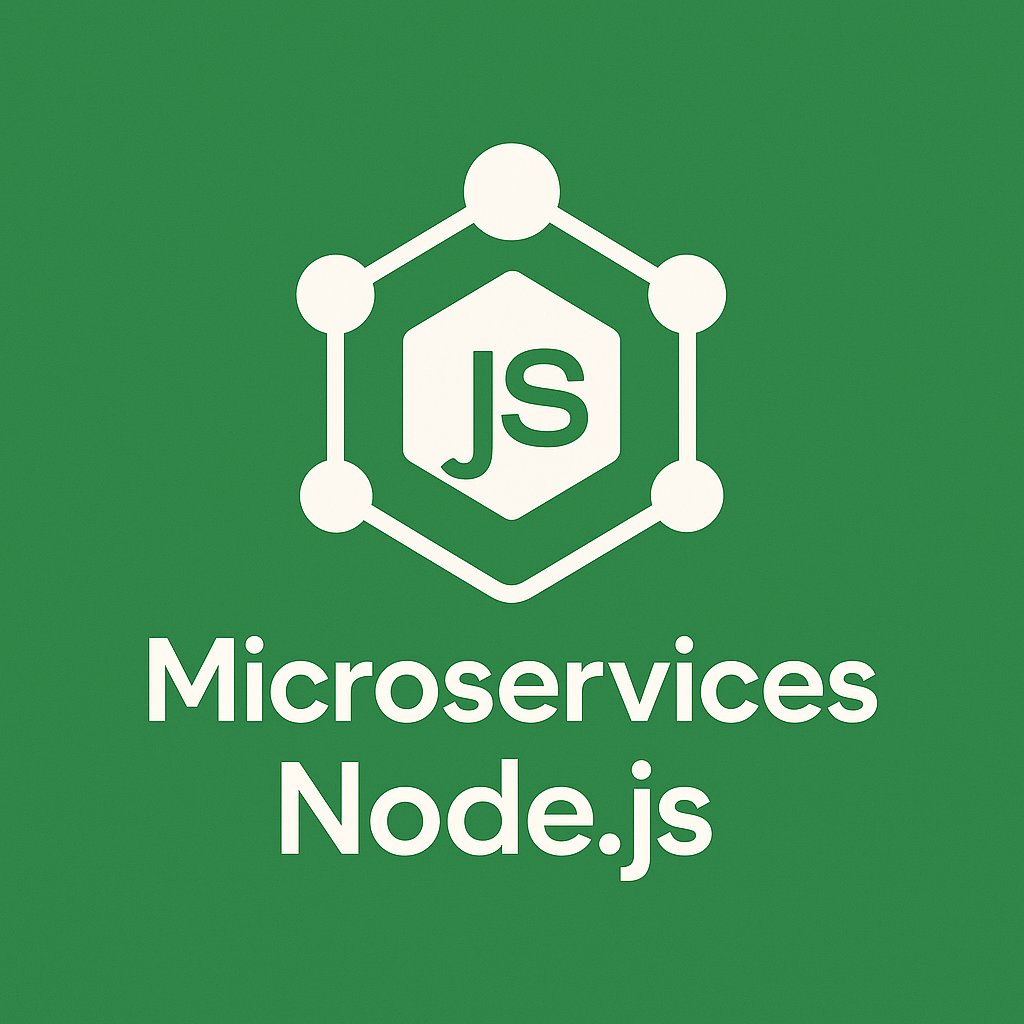
- By Carlos Perez
- 21, Mar 2024
- Backend Development
Building Scalable Microservices with Node.js: A Practical Guide
Learn how to design, implement, and deploy scalable microservices using Node.js. This comprehensive guide covers architecture patterns, best practices, and real-world implementation strategies.
1. Understanding Microservices Architecture
Before diving into implementation, it's crucial to understand the core concepts of microservices:
- Service Independence: Each microservice operates independently, with its own database and deployment cycle.
- Domain-Driven Design: Organize services around business capabilities and domain boundaries.
- Distributed Systems: Understand the challenges and solutions for distributed system communication.
2. Setting Up Node.js Microservices
Learn the essential components for building microservices with Node.js:
- Express.js Framework: Set up lightweight, fast services using Express.js for routing and middleware.
- Service Communication: Implement REST APIs, gRPC, or message queues for inter-service communication.
- Database Integration: Choose and implement appropriate databases for each service (MongoDB, PostgreSQL, etc.).
3. Advanced Implementation Patterns
Implement robust patterns for production-ready microservices:
- Circuit Breaker Pattern: Implement fault tolerance using circuit breakers to prevent cascading failures.
- API Gateway: Set up an API gateway for routing, authentication, and request aggregation.
- Service Discovery: Implement service discovery for dynamic service registration and lookup.
4. Testing and Monitoring
Ensure reliability and performance of your microservices:
- Unit Testing: Write comprehensive unit tests for each service using Jest or Mocha.
- Integration Testing: Test service interactions and API contracts.
- Monitoring: Implement logging, metrics, and tracing using tools like Prometheus and Grafana.
5. Deployment and Scaling
Deploy and scale your microservices effectively:
- Containerization: Package services using Docker for consistent deployment across environments.
- Orchestration: Use Kubernetes for container orchestration and service management.
- CI/CD Pipeline: Set up automated testing and deployment pipelines for each service.
Microservices architecture with Node.js offers a powerful combination for building scalable, maintainable, and resilient applications that can evolve with your business needs.




